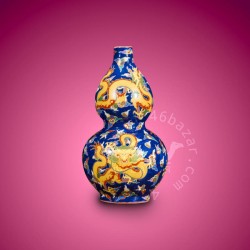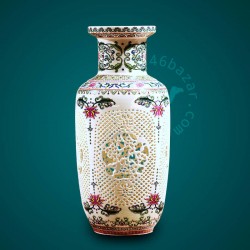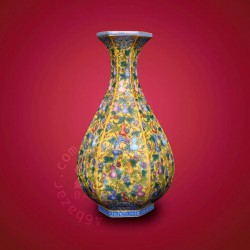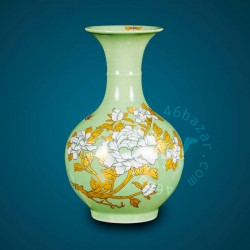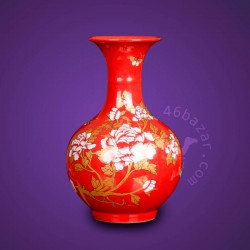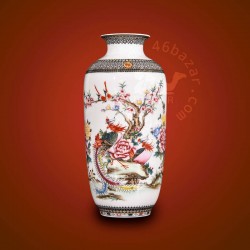A Brief History of Chinese Porcelain 4: The Tang Dynasty. Xing Kilns of North and White Porcelain.
White porcelain (白瓷, Pinyin: báicí) made its debut in the war-torn northern China during the Wei, Jin, and Northern and Southern Dynasties (魏晋南北朝, Pinyin: wèijìn nánběi cháo) and was later made perfect by Xing Kilns' artisans in the Tang (唐朝, Pinyin: tángcháo) era .
Xing Kilns (邢窑, Pinyin: xíngyáo) was the many porcelain workshops in northern China that specialized in making white porcelain during Tang era. Most Xing Kilns white porcelains are plain white and no fancy embellishment. Lu Yu (陆羽, Pinyin: lùyǔ, Tang era Chinese tea master and writer) described the simple but elegant Xing Kilns white porcelains as "like silver like snow" in his Cha Jing (茶经, Pinyin: chájīng, The Classic of Tea).
Besides general white porcelain, Xing Kilns was able to make a special kind of porcelain with a technique called Baotai (薄胎, Pinyin: báotāi, thin body). These special white porcelains are so thin that people can easily observe the color of the liquid inside through the porcelain body.
Xing Kilns began to produce porcelains for the royal family in the Tang Dynasty. Every porcelain that delivered to royal family was printed with Chinese character "盈" (Pinyin: yíng) on the bottom. "盈" referred to the emperor's treasure house, "大盈库" (Pinyin: dàyíngkù). It is no doubt that white porcelains with the character "盈" on the bottom are the best porcelains Xing Kilns had ever produced. Besides supplying their finest to royal family, Xing Kilns made porcelains for government agencies, those porcelains specially made for agencies also have Chinese characters corresponding to the agencies printed on the bottom.
The northern porcelain industry which had been battered by wars during the Wei, Jin, Southern and Northern Dynasties, was finally able to keep pace with its southern counterpart thanks to the rise of Xing Kilns in the Tang Dynasty.
More Chinese Porcelain
- A Brief History of Chinese Porcelain 3: The Tang Dynasty. Yue Kilns of South and Celadon.
- A Brief History of Chinese Porcelain 2: Southern Green Northern White
- A Brief History of Chinese Porcelain 4: The Tang Dynasty. Xing Kilns of North and White Porcelain.
- A Brief History of Chinese Porcelain 1: The Beginning

Copyright © 2025 46 Bazar. All Rights Reserved.
